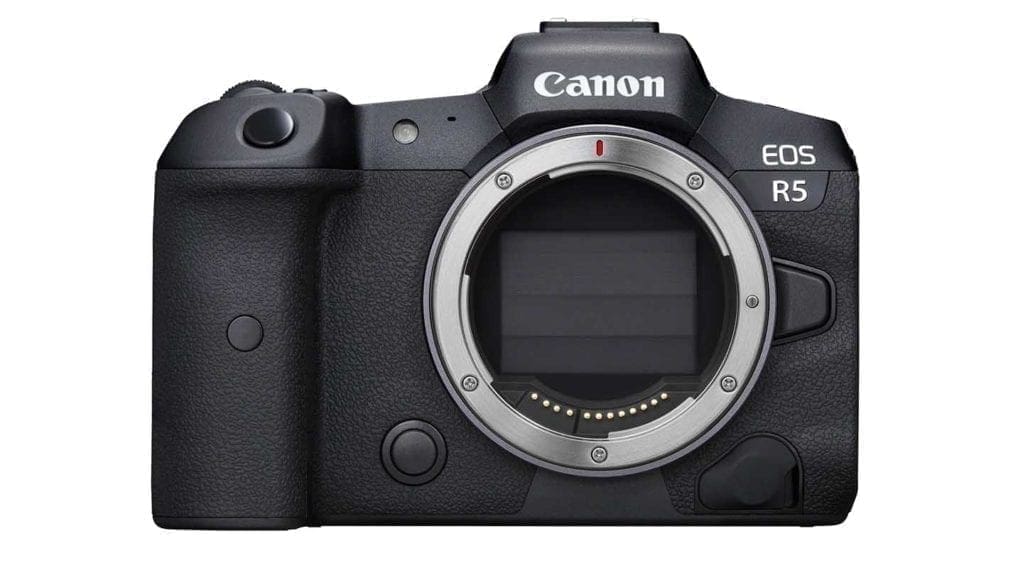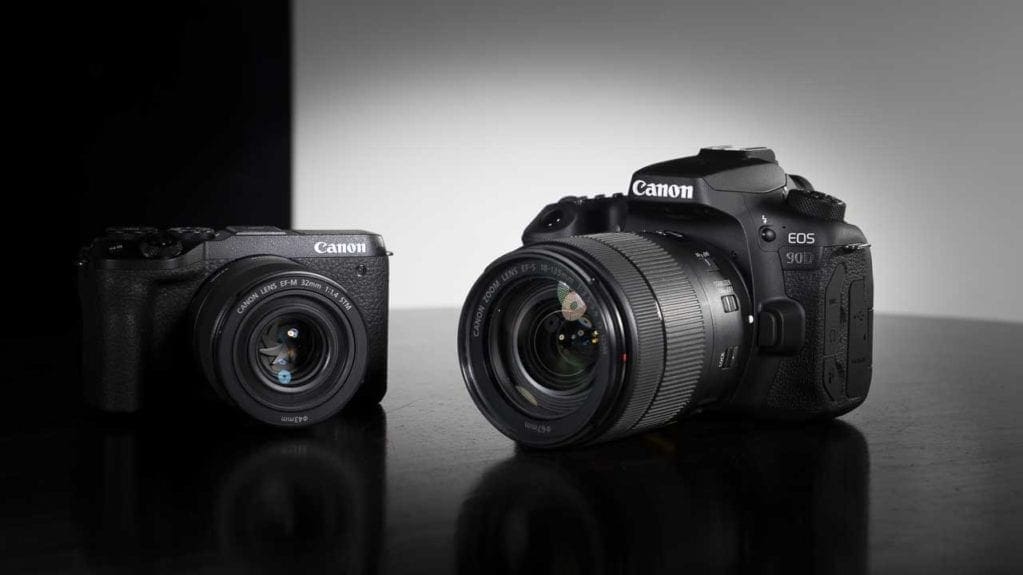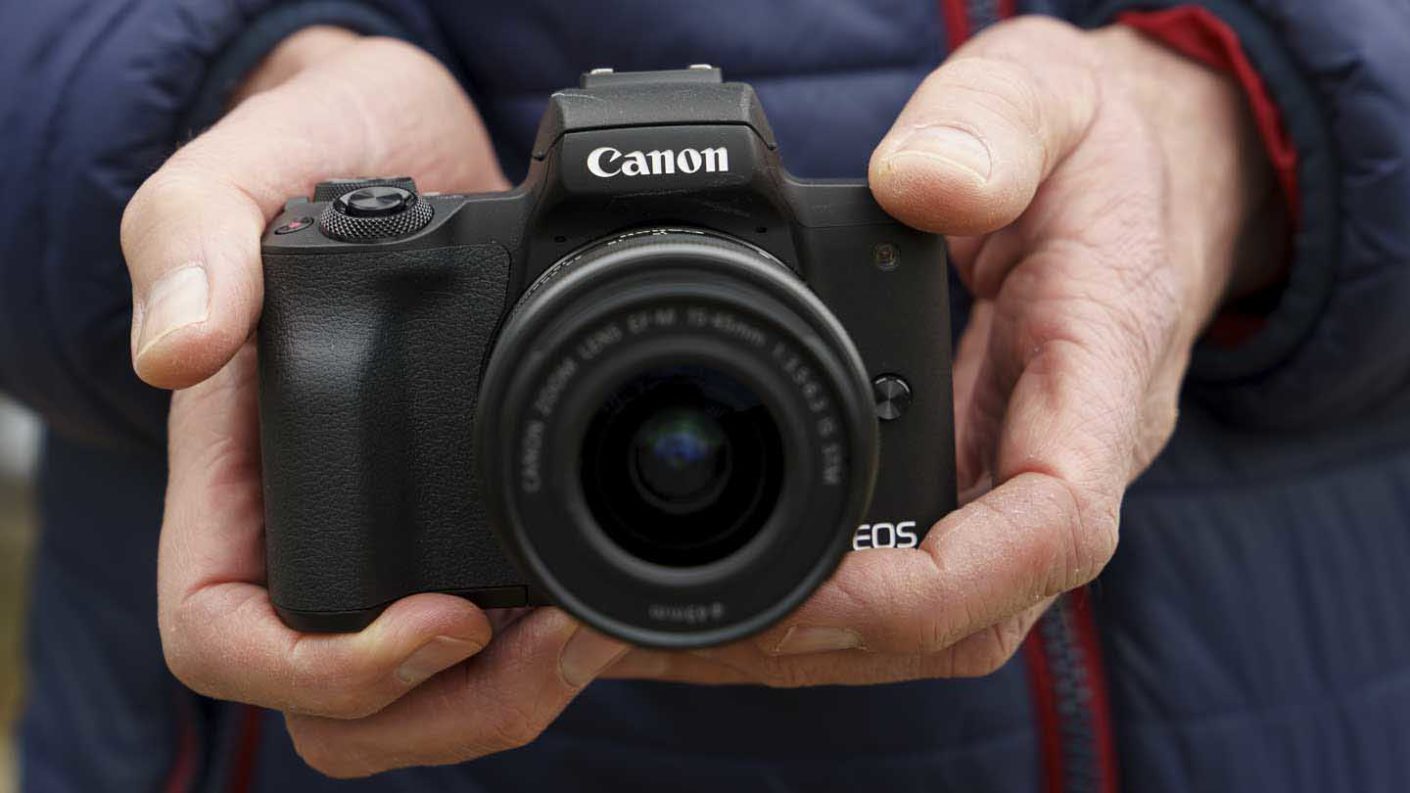You only need to take a quick look at the lenses listed on Canon’s website to see that the company is taking its EOS R range of mirrorless cameras much more seriously than it has ever taken the EOS M range. Despite being announced in October 2018, over six years after the first camera with the EF-M mount, there are 17 Canon RF lenses and two teleconverters available for use on the company’s full-frame mirrorless cameras yet there are only nine EF-M mount lenses.
In an interview with Digital Camera World in January last year, Canon Europe’s pro product marketing senior manager, Richard Shepherd, confirmed that Canon is concentrating on its RF lenses and that it would only introduce new EF mount optics if the market demands it.

While the Canon EOS-1D X Mark III is, without doubt, a phenomenal DSLR, arguably the best ever, it’s also clear that mirrorless cameras are the future of photography. Canon’s EOS R5 and EOS R6 have proved extremely popular and with rumours about the Canon EOS R1 suggesting that Canon’s first mirrorless camera for photojournalists and pro sports photographers will have a specification to blow the 1D X Mark III out of the water and challenge the Sony A1, it seems unlikely that there’s going to be massive demand for new EF mounted lenses.

But what about photographers who don’t want a full-frame camera? Well, currently Canon gives them the choice of its EF-S mount DSLRs and its EF-M mount mirrorless cameras. DSLRs generally cost less than comparable mirrorless cameras, which means that DSLRs hold more appeal for anyone on a tight budget or beginners, but the mirrorless market is increasingly competitive. Also, thanks to their full-time live view operation, mirrorless cameras are particularly helpful to novices who are learning about the impact of camera settings.
Four lens mounts
Sony and Nikon have both opted to have one mount for their mirrorless cameras. Whether the camera has a full-frame sensor or an APS-C format sensor, it has the same mount. This means that while a lens that is designed for use on an APS-C format camera like the Nikon Z50 or the Sony A6600 only produces an image circle large enough to cover the smaller sensor, it can still be used on a full-frame camera like the Nikon Z7 II or Sony A7 III in crop mode. That’s helpful for anyone upgrading from one camera to another within the brand.
Canon currently has four lens mounts, EF for full-frame and APS-C format DSLRs, AF-S for APS-C format DSLRs, RF for full-frame mirrorless cameras and EF-M for APS-C format mirrorless cameras. That’s confusing for anyone looking to invest in their first Canon camera.
However, EF and EF-S mount lenses are likely to become less in demand as the switch to mirrorless photography continues, which means that many photographers are left with the choice of RF and EF-M mount cameras and lenses.

Canon EF-M system
Although the 24Mp APS-C format Canon EOS M50 Mark II doesn’t make much of an upgrade on the original M50, it still has a lot to offer and it’s delightfully small. And the 32Mp Canon EOS M6 Mark II, which has the same APS-C format sensor as the Canon 90D, has even more features (albeit with the optional external EVF) and superb focusing that can cope with fast-moving subjects in low light.
Both of these EF-M mount cameras (and the EOS M200 and M5) have some great Canon technology and can produce super images, but as I mentioned earlier, the lens range is very limited.
Canon has focused on producing small, light lenses that complement the small build of the EOS M-series, which is great to a point, but the maximum focal length is 200mm (effectively 320mm) and that’s on the EF-M 55-200mm f/4.5-6.3 IS STM which means you’re limited to a maximum aperture of f/6.3 at the longest end of the lens.
There’s also nothing equivalent to a wide-aperture 85mm portrait lens and the only fast lenses are the EF-M 32mm f/1.4 STM and EF-M 22mm f/2 STM.
Most photographers want to see a bit of ambition within a lens range. They want to see lenses that they will use every day plus a few more exotic optics that they can use for particular subjects and shoots.
Conversely, the Canon RF lens range has a broader mix of optics with options such as the Canon RF 24-105mm F4-7.1 IS STM and RF 24-105mm F4L IS USM for everyday enthusiast use and the RF 24-70mm F2.8L IS USM for professional photographers or those who don’t mind paying a bit more for the bigger aperture. There’s also the versatile RF 24-240mm F4-6.3 IS USM and the popular RF 70-200mm F2.8L IS USM, while wildlife photographers have options like the RF 100-500mm F4.5-7.1 L IS USM and Canon RF 800mm F11 IS STM. There’s a range of optics to suit different photographers and different types of photography. And more to come.
So what’s the future for the Canon EF-M mount? Canon has three options, do nothing, develop the lens system or introduce an APS-C format EOS R range of cameras and put an end to the EF-M mount. At the moment, Canon appears to be doing nothing. In fact if anything, the minimal upgrade that the EOS M50 Mark II makes on the M50 pours doubt on the continuation of the line. An exciting upgrade might suggest that the company is taking the line seriously.
While using the RF mount on an APS-C format camera would mean it would have to be a bit bigger than an M-series camera, I think the range would also be more popular amongst enthusiast photographers because of the clearer upgrade path and a greater range of directly compatible lenses.
Of course, Canon would also need to introduce some APS-C format lenses to complement the new camera line. Canon appears to be working through its EF range, reimagining the optics into the RF mount, and incorporating the benefits of the larger mount. It wouldn’t be too much of a leap for this work to extend to the EF-S and EF-M lenses.
I think that there’s a strong chance that this year we will see a Canon EOS R7 making a mirrorless upgrade to the existing Canon 7D Mark II.




I am really looking forward to taking photos with Canon EOS R7! Thanks for your ideas in this article.
Looks like I screwed up by buying my M6 over an A6000-series.
No You didn’t, a speed booster makes the EF lenses even better on that camera.
Using RF mount lenses on aps-c format camera would mean much bigger lenses (to cover that huge mount). Not just a bit as in your article. Panasonic and Fuji run 2 lens mounts. Pany runs M43 and FF. Fuji runs APS-C and MF. Sony runs a single mount for aps-c and FF, but its lens mount is smaller than the Canon or Nikon one, as they thought at the time you couldn’t make fast primes with such a small mount. But in hindsight, Sony’s proved them wrong and have released some prettty fast lenses leaving Canikon users pondering a future full of lenses bigger than they need to be.
Well, for Canon that would be true if they abandon the EOS-M mount.
It’s only the mount area that has to be large enough to fit the RF camera mount, the rest of the lens could be smaller. Nikon’s Z mount is huge and it has full-frame and APS-C lenses with that mount.
I’m guessing by your name that you’re quite keen on the EF-M mount?
200 mm on a crop sensor camera is not “effectively 320 mm”. It may have the apparent field of view of a longer lens but that’s it.
Apparently 320mm?